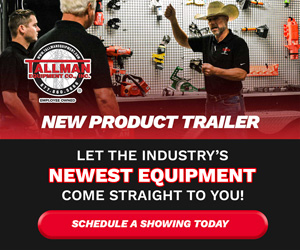Workers in the electric utility industry face various hazards, and in cooler climates, this includes potential cold stress. Cold stress occurs when the skin’s temperature drops, lowering internal body temperature and inhibiting the body’s ability to warm itself. If unchecked, exposure to cold can lead to several medical conditions, including trench foot, chilblains, frostbite and hypothermia.
Flame-resistant (FR) and arc-rated (AR) garments can be worn by workers to help protect them from both cold stress and potential burn injuries due to arc flashes and flash fires. Employers must ensure workers wear the garments properly and consistently to minimize environmental effects. They must also train workers on how to manage their work in cold environments.
Significant Hazards
In a cold environment, much of the body’s energy is used to maintain its internal temperature. Over time, the body will begin to shift blood flow from the hands, feet, arms and legs to the core, causing rapid cooling of the extremities and any exposed skin.
When the body can no longer maintain its core temperature by constricting blood vessels, it shivers to increase heat production. Maximum severe shivering develops when the body temperature has fallen to 95 degrees Fahrenheit. At this point, hypothermia can occur.
Before hypothermia potentially occurs, however, even slight shivering or cold hands or feet can cause workers to lose focus, which can lead to errors and accidents. For workers who also face thermal hazards, errors may increase the risk of flash fire and arc flash.
Variables to Consider
The duration of a worker’s exposure to environmental conditions – including temperature, wind and precipitation – can contribute to cold stress. Following are some other variables to consider:
- Age/physical conditioning: A worker’s general fitness will affect their ability to tolerate and regulate temperature.
- Activity level: The degree of physical activity required for a job can affect a worker’s ability to stay warm. Physical activity may also lead to perspiration, which can create an additional hazard.
- Clothing: Both fabric and layering choices will impact the ability of garments to keep workers warm.
- Hydration: A worker’s consumption of warm, noncaffeinated liquids before and during work can help them maintain body warmth.
Conduction Concerns
The most common way workers lose body heat in cold conditions is through conduction, which is when body heat is transferred through direct contact with an object (e.g., when workers sit on a cold bench or lie on cold ground). Conduction also occurs when workers’ clothing becomes cold. Body warmth is drawn out by the cold material, causing heat loss. This is particularly problematic when a worker is wearing a single, heavy outer layer.
Proper layering of several thinner garments can mitigate conduction. With layering, pockets of air are trapped between each garment and warmed by the wearer’s body heat, providing insulation from the cold.
Moisture in a worker’s clothing system may also contribute to loss of body heat. Perspiration and precipitation cause clothing to become wet and cling to the skin, eliminating the insulating layers of air between garments and the body. Water is a much better conductor of heat than air is, so when wet layers are in contact with the skin, heat is lost from the body much more rapidly, making cold stress a greater threat to the worker.
And while moisture-wicking PPE and a base layer can help protect workers against cold stress caused by perspiration, a layered garment system helps wearers avoid sweating in the first place. That’s because they have the flexibility to unzip or remove an outer layer to promote cooling.
Continue Reading at Incident Prevention Magazine







0 Comments